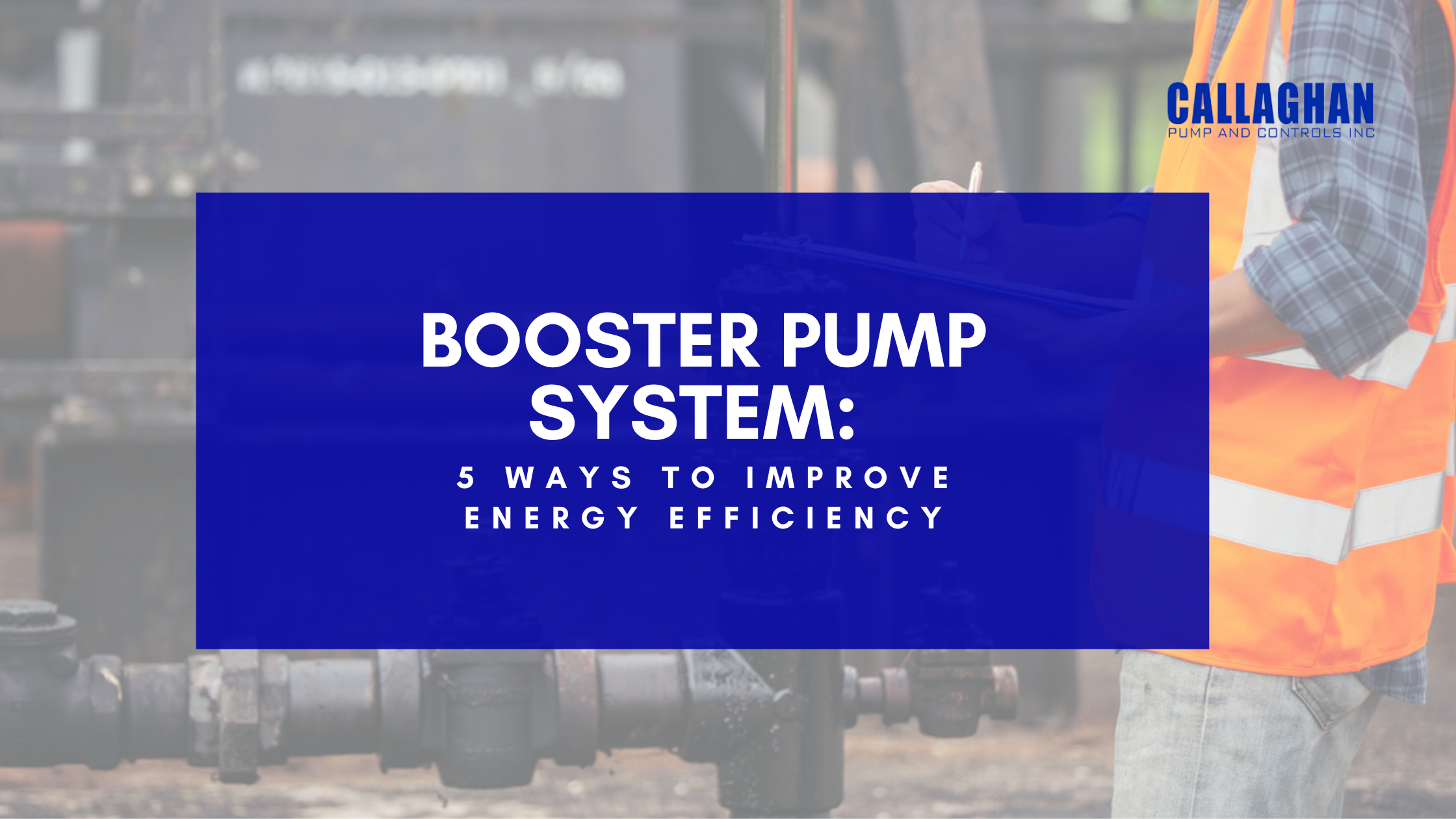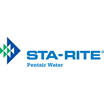
January 23rd, 2023
Did you know that water pumps are responsible for 50% of the total energy consumed in pumping-intensive industries?
They are an integral part of many industries, but can also be a major source of energy loss. Therefore, improving the energy efficiency of your booster pump system can lead to significant cost savings.
Energy efficiency is one of the most important aspects of today’s industries, businesses, and houses. It is the ratio of the pump’s output power to its input power. The higher the energy efficiency, the less energy the booster pump system consumes to perform a given task.
What makes energy efficiency crucial is that it directly impacts your bottom line and plays a crucial role in deciding the overall energy consumption of a pump. There are a number of factors that affect the energy efficiency of booster pumps, including the design, type, size, and operating condition. If you want to optimize the energy efficiency of your domestic water booster pump, then here are a few tips that will help reduce its operating costs.
If you haven’t scheduled an energy audit for your booster pump system, consider conducting one. Before you decide on replacing a worn-out pump part, you should perform an energy audit to find the true cost of replacement and operation. Here, you will need to use new and alternate technologies.
As part of your inspection process, you will need to perform an Ohms test to determine the lifespan of your booster pump system. The next step is to measure the amperage on the wiring to make sure no excess energy is being wasted. Finally, perform an inspection on the wiring itself to see if there is any corrosion.
Many pump owners know the trouble that ants, bugs, clogs, and dirt can bring to their pump system. For instance, bugs may eat away at your copper wiring and cause your electricity bills to skyrocket. To prevent such a potential system failure, there are some simple things you can do.
Each month, take five to ten minutes to check your domestic water booster pump for loose wiring and signs of bugs, clogs, or leaks. Another thing you can do is to add some moth balls inside your booster pump switch to prevent unwanted critters from building their new homes there.
When you have a new or unique water booster pump application, it may become difficult to resist overdesign. The tendency to overdesign or have a little extra horsepower could result in energy inefficiency.
Make sure to determine the required flow rate and discharge pressure. Once determined, properly size the piping to keep the operation costs at a minimum. This is because a proper pipe diameter can prevent sedimentation or clogging of slurries.
Timely replacement of worn or damaged pump parts results in greater pump efficiency and better performance. A domestic water booster pump works best when its valves seat properly and when its component clearance is within the manufacturer’s specification. In the case of corrosive media, you should periodically flush the booster pump with clean water.
Also, it is crucial to isolate mechanical vibration.This can be done by constructing a foundation to which the pump can be anchored. Subsequently, install vibration-dampening mounts and anchoring hardware to isolate the vibration.
You can use gauges in both the suction and discharge sides of the booster pump. They will serve as an early warning of wear,water pressure booster pump noise, or poor performance. This may be due to blockage or system anomalies.
Gauges are a measuring device in the field of pumping and engineering. They provide certain dimensional information and are meant to measure the performance of the pump. Please note that these gauges should be monitored to trigger maintenance or other remedial action.
At Callaghan Pump, we only supply the best-quality booster pumps. Not only are they backed by a warranty, but their exclusive stainless-steel impellers set them apart in the pump industry. Plus, we also boast the most energy-efficient well pumps on the market.
Talk to us for more info.
john@callaghanpump.com,
eileen@callaghanpump.com,
dan@callaghanpump.com,
sales@callaghanpump.com,
service@callaghanpump.com












